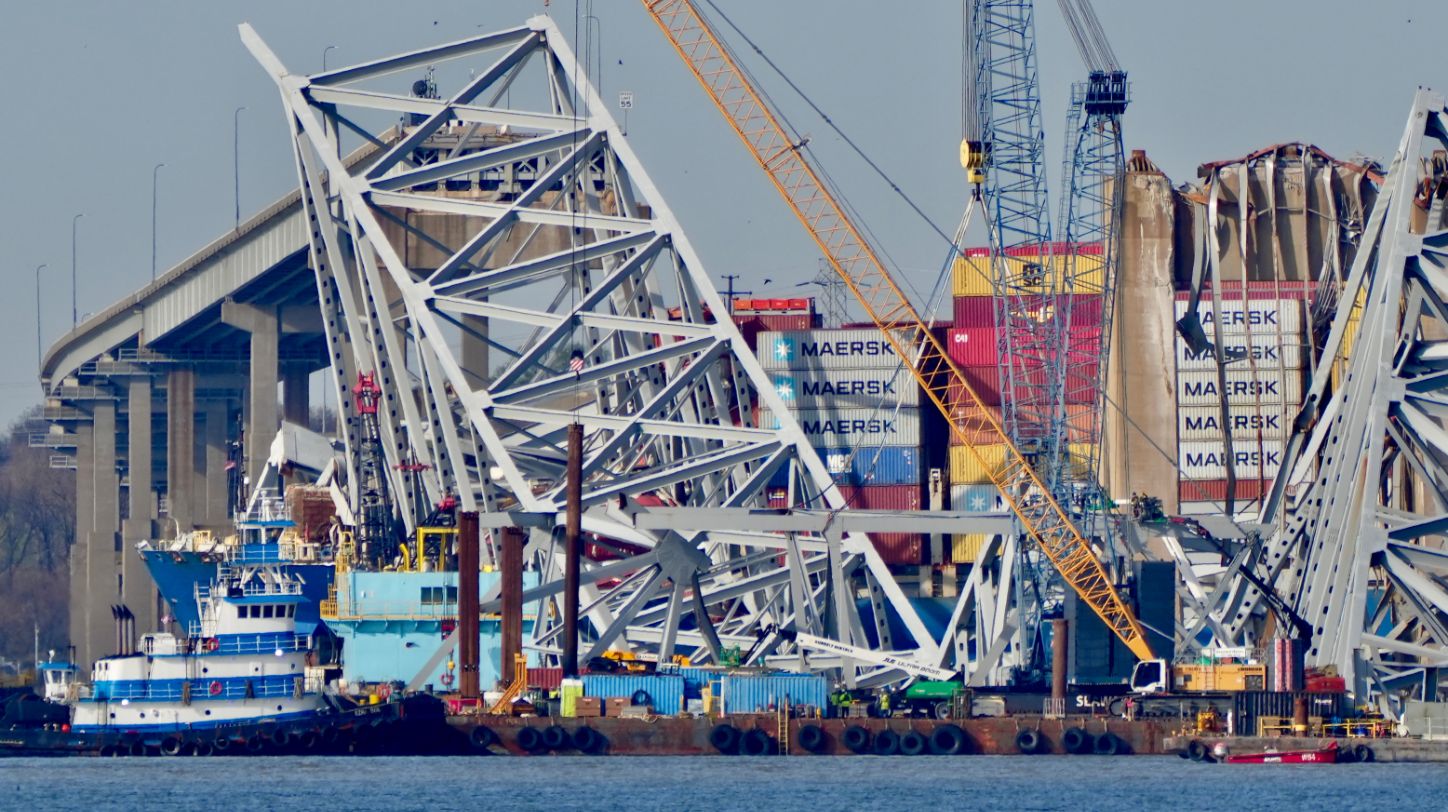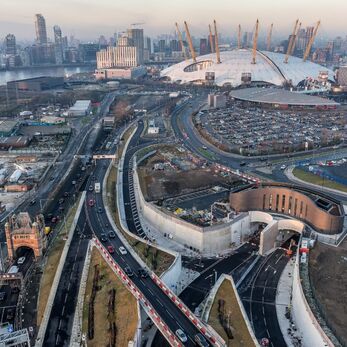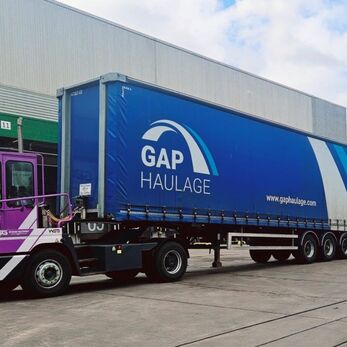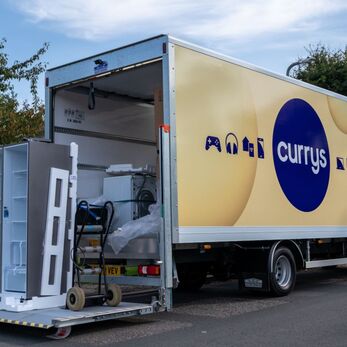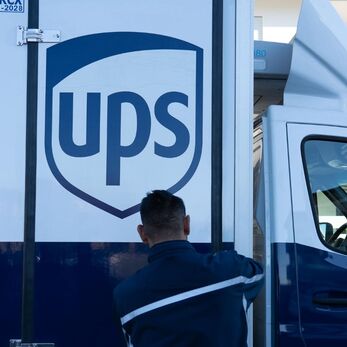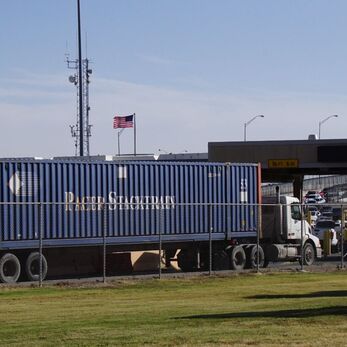The US Army Corps of Engineers (USACE) has set out a ‘tentative timeline’ for the reopening of the Port of Baltimore, after a container ship crashed into the Francis Scott Key Bridge on 26 March 2024, causing it to collapse.
According to a statement, USACE expects to open a ‘limited-access channel 280ft wide and 35ft deep’ to the Port of Baltimore by the end of April. It is ultimately aiming to reopen the permanent, ‘700ft-wide by 50ft-deep federal navigation channel by the end of May,’ restoring port access to ‘normal capacity’.
Lt Gen Scott A Spellmon, USACE commanding general, commented: “Thanks to the exhaustive work of the Unified Command during the last two weeks, including underwater surveys and detailed structural analysis of the wreckage, we’ve developed a better understanding of the immense and complex work that lies ahead.
“A fully-opened federal channel remains our primary goal, and we will carry out this work with care and precision, with safety as our chief priority.
“These are ambitious timelines that may still be impacted by significant adverse weather conditions or changes in the complexity of the wreckage.
“We are working quickly and safely to clear the channel and restore full service at this port that is so vital to the nation. At the same time, we continue to keep faith with the families of the missing and are working with our partners to help locate and recover their loved ones.”
On 5 April, US president Joe Biden visited the site of the bridge collapse and reassured the people of Maryland that the government would support the rebuilding and recovery from the incident, saying: “Your nation has your back, and I mean it.”
He continued: “I was just briefed by the Unified Command about the ongoing impact of the tragic collapse of the Francis Scott Key Bridge last Tuesday. The damage is devastating and our hearts are still breaking. […] My vow is that we will not rest until the cement has dried and the entirety of a new bridge [is built]”.
Reports claim that six construction workers, who were fixing potholes along the bridge the morning of the collapse, were killed in the incident.
After confirming USACE’s prospective timeline for the reopening of channels at the Port of Baltimore, Biden told members of the press: “My task force on supply chain disruption has been engaging with union, rail, trucking, shipping, state and local leaders to minimise the impact on our supply chains and I’m proud to announce that the federal government will provide over US$8 million in grant funds to make the infrastructure improvements at Sparrow’s Point, as the only port unaffected by this collapse, which will allow Sparrow’s Point to take on more ships.”
He also announced dislocated worker grants to help create additional jobs for workers involved in the cleanup – pointing out that “20,000 jobs rely on this port” – as well as “low-interest” small business loans for businesses impacted by the incident.
To limit the impact of the bridge collapse on supply chains, the state of Maryland waived International Fuel Tax Association (IFTA) licensing requirements for motor carriers hauling freight to or from a seaport. In a letter to the IFTA, Maryland’s comptroller Brooke E Lierman said: “I write to inform you that I am authorising the temporary waiver of certain IFTA requirements in Maryland to mitigate the economic impact of the Francis Scott Key Bridge collapse that took the lives of six people on Tuesday morning.”
She signed off the letter by saying: “Thank you for your support of our state and our motor carriers during this extremely challenging time. I strongly encourage our neighbouring jurisdictions to also waive IFTA licensing requirements temporarily for motor carriers hauling freight to or from a seaport.”
In the wake of this, states including Virginia and Pennsylvania will reportedly take similar action.
Data provided to Logistics Manager by supply chain visibility platform FourKites has shown that, as of 29 March 2024, 92 vessels and more than 2,000 loads had current or upcoming voyages into or out of the Port of Baltimore.
According to FourKites, Savannah, Georgia was the most popular destination for the 600+ loads that had been rerouted by 29 March. The company noted that the number of vessels at the Port of Savannah had doubled since the collapse of the Francis Scott Key Bridge.
Norfolk, Virginia was the second-most popular destination, followed by New York, Port Everglades and Newark.
Mike DeAngelis, head of international solutions at FourKites, said: “Determining where to reroute cargo will require the consideration of multiple factors. Many ocean steamship lines will have preferences based on the cargo they want or need to reload. The origin of the cargo also determines which carrier and service might carry the cargo and therefore influences which specific discharge ports in the US will be called.
“Any containers already waiting for export from the Port of Baltimore will need to either wait for the eventual reopening of the waterway or be gated out of the terminals and transported to one of these alternate ports. On top of that, ports taking on Baltimore’s shipments might hit capacity quickly as they see a significant spike in volume.”
Fourkites calculated that on average, the diversions and delays were adding five days to the estimated journey time of shipments due to go through the Port of Baltimore.
Jason Eversole, vice president of professional services at FourKites, added: “The tragic collapse of the Francis Scott Key Bridge is going to put pressure on other modes and port alternatives, as we see diversions of cargo to other ports. Even once they remove the rubble from the water, traffic in the area will be impacted as truck drivers become reluctant to take loads in and out of the region without a price increase.”
Following the undeniable success of IntraLogisteX 2024 in the UK, the exhibition is heading across the Atlantic later in the year, with IntraLogisteX USA taking place on 22-23 October 2024 at Miami Beach Convention Centre.
Click here for more details and to register!

